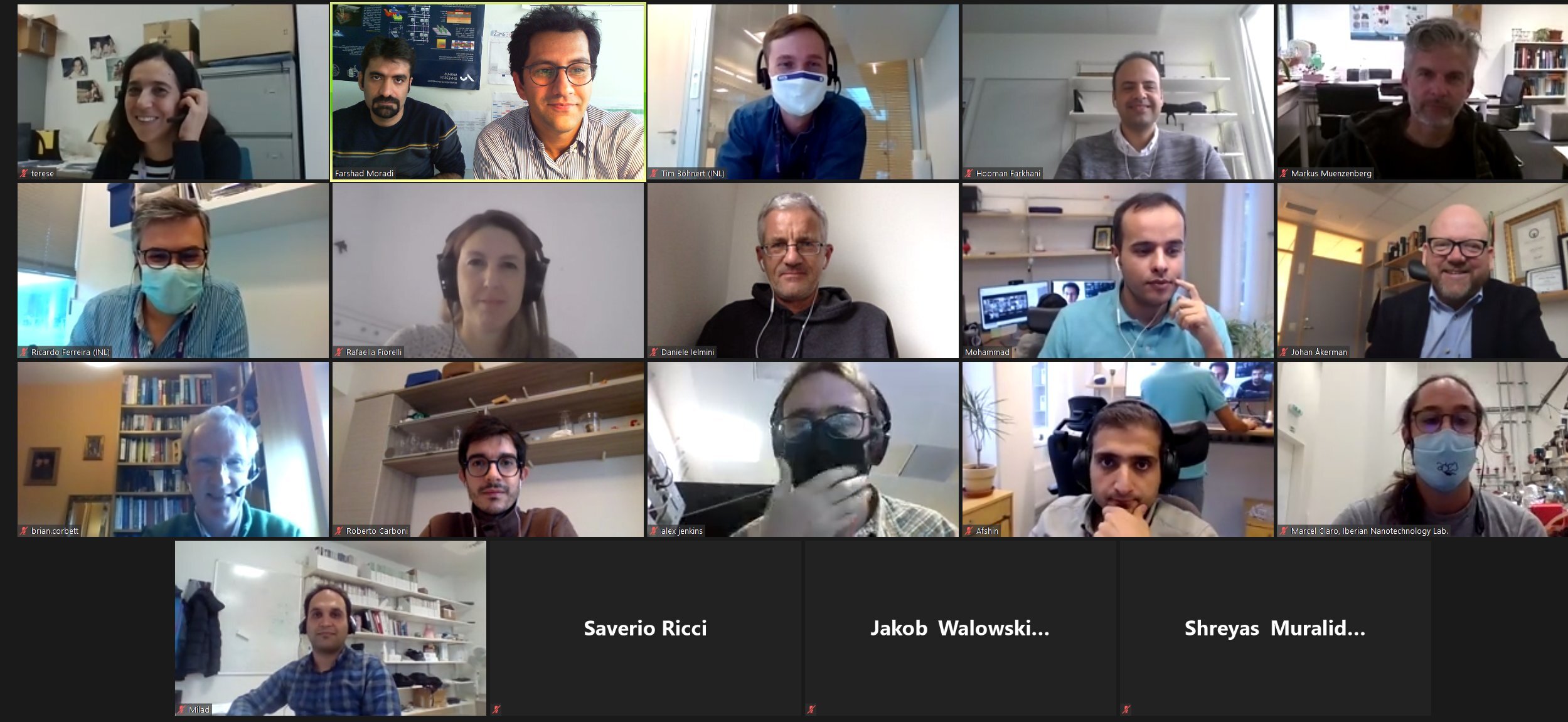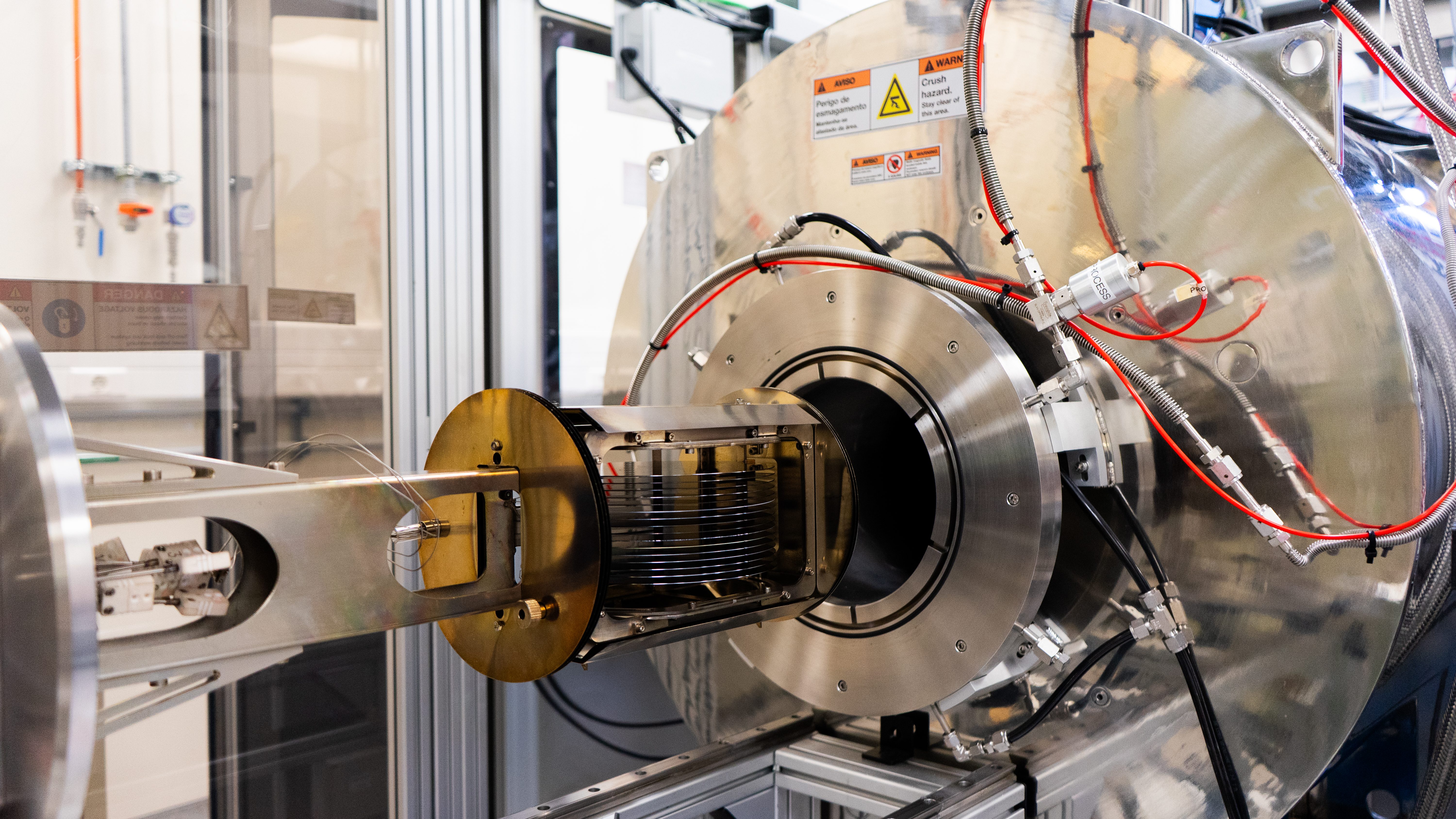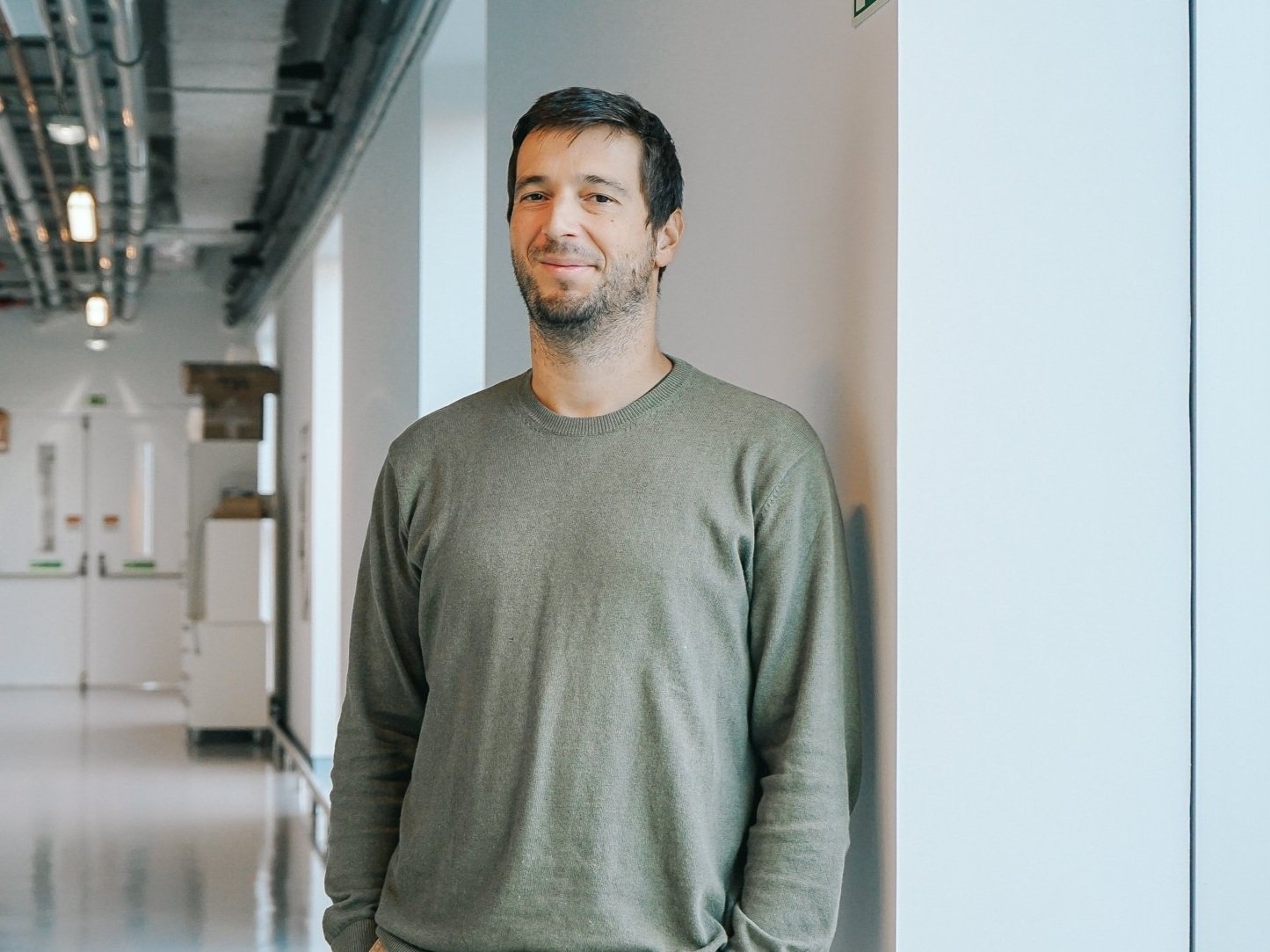
FET-Open project SpinAge launched in October
October 26, 2020
The EU-funded FET-Open project SpinAge started officially on October 1st. 2020. This project is coordinated by Aarhus University and INL participates with activities from the combined effort of the Spintronics research group and Systems Engineering group.
The goal of SpinAge is to demonstrate a novel neuromorphic computing system which brings together several cutting-edge technologies to achieve an improvement in performance (operation/sec/Watt/cm3) over current systems by at least 4 orders of magnitude. The current implementation of the neuromorphic computing systems (NCS) using Complementary Metal-Oxide-Semiconductor (CMOS) technologies has 5-6 orders of magnitude lower performance compared to the brain. As a result, even state-of-the-art NCSs based on CMOS has a very small number of neurons and are limited in the complexity of the problems that they can be trained to solve. SpinAge aims at bringing us closer to mimicking the brain with an electronic system.
To do so, SpinAge will combine in the same system technologies that so far have been developed separately and were unable to reach this goal on an individual level. The ambitious neuromorphic computing system will include spintronic components (acting like neurons and synapses), memristors (acting as non-volatile synaptic weights), CMOS (system control and input/output interface) and photonics components (efficient temperature control as a mean to enhance the energy efficiency of the spintronic components).
The role of the Spintronics research group in the project is twofold:
i) Develop a new concept of neuromorphic computation unit: a weighted spin-transfer torque nano-oscillator. This element is made of a resistive network of spin-transfer torque vortex oscillators interconnected with memristors or spintronic non-volatile memory elements to mimic the behaviour of a neuron and input synapses.
ii) Integrate these elements homogeneously in the backend of a CMOS wafer. A similar process was performed in the past within the Spintronics group using magnetic field sensors, but this will be the first time to homogeneously integrate spin-transfer nano-oscillators with CMOS. The integration with CMOS of the neuromorphic computing units is an essential step to demonstrate the scalability of the solution proposed and the ability to build large neuromorphic networks.
The Systems Engineering group was a partner in the integration of CMOS with MTJs in the past and will participate in SpinAge with their know-how towards the system-level integration of the different technologies.
Apart from INL and Aarhus Universitet (Denmark), SpinAge has also the participation of the Consejo Superior de Investigaciones Científicas (Spain), NanOsc AB (Sweden), Politecnico Di Milano (Italy), University of Cork (Ireland) and Universität Greifswald (Germany). SpinAge will run from October 2020 up to October 2024.
SpinAge is an ambitious project with exciting and disruptive new concepts. At the same time, SpinAge is risky, feasible and with a potential to have real-world impact. These are all fundamental ingredients for a FET-Open project, but it took one more to get to this point: Persistence. The first version of the SpinAge project dates back to 2018. It took three trials (one Industrial Leadership and two FET-Open proposals) before the proposal was finally accepted. So don’t give up on your ideas at the first sign of trouble.
Within INL, SpinAge fits the goal of developing next-generation disruptive computation solutions which is an objective at the convergence of the Smart Digital NanoSystems and Advanced Materials and Computing Clusters.
SpinAge | INL Team: Ricardo Ferreira (PI); Tim Böhnert (Co-PI); Alex Jenkins (Co-PI).



